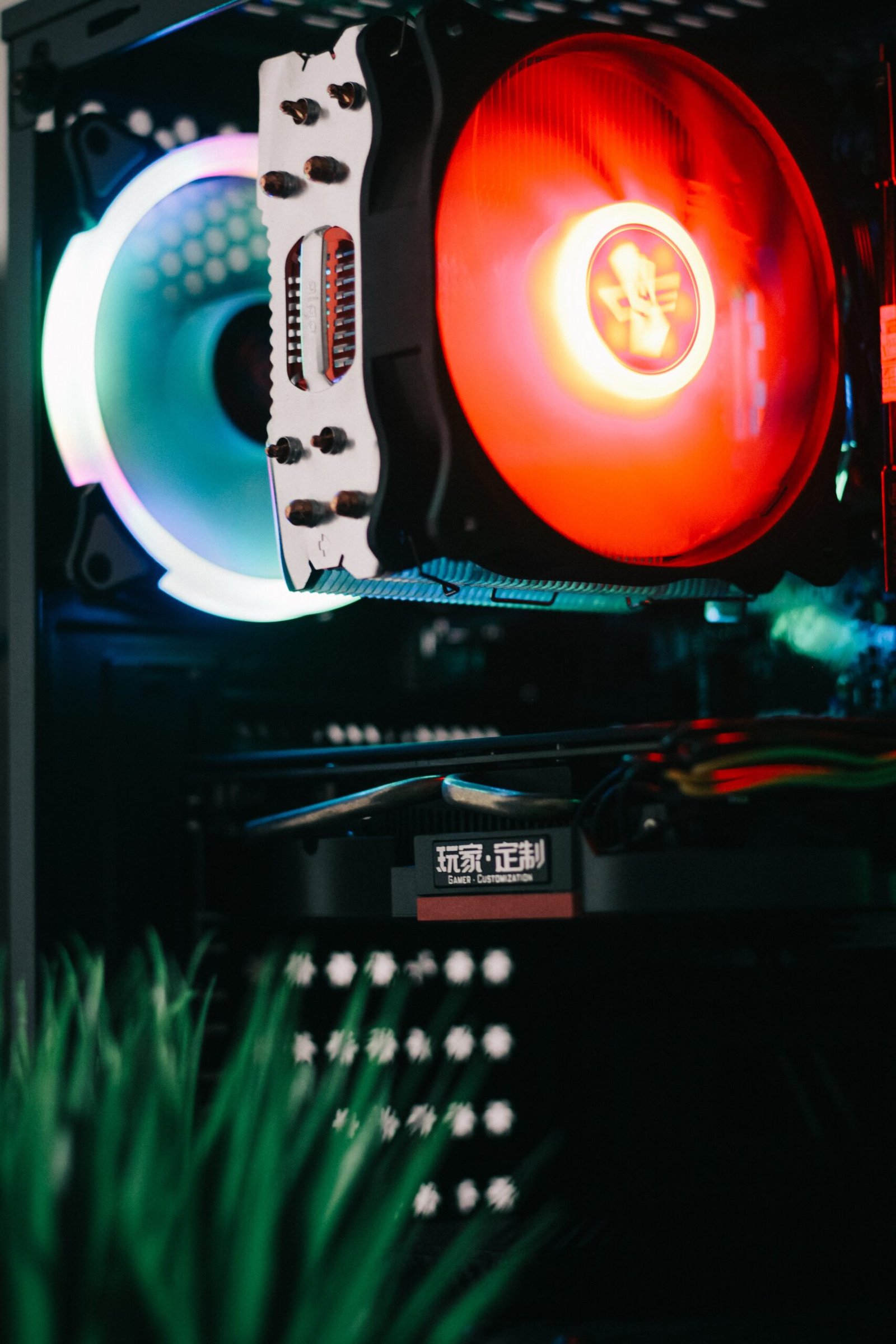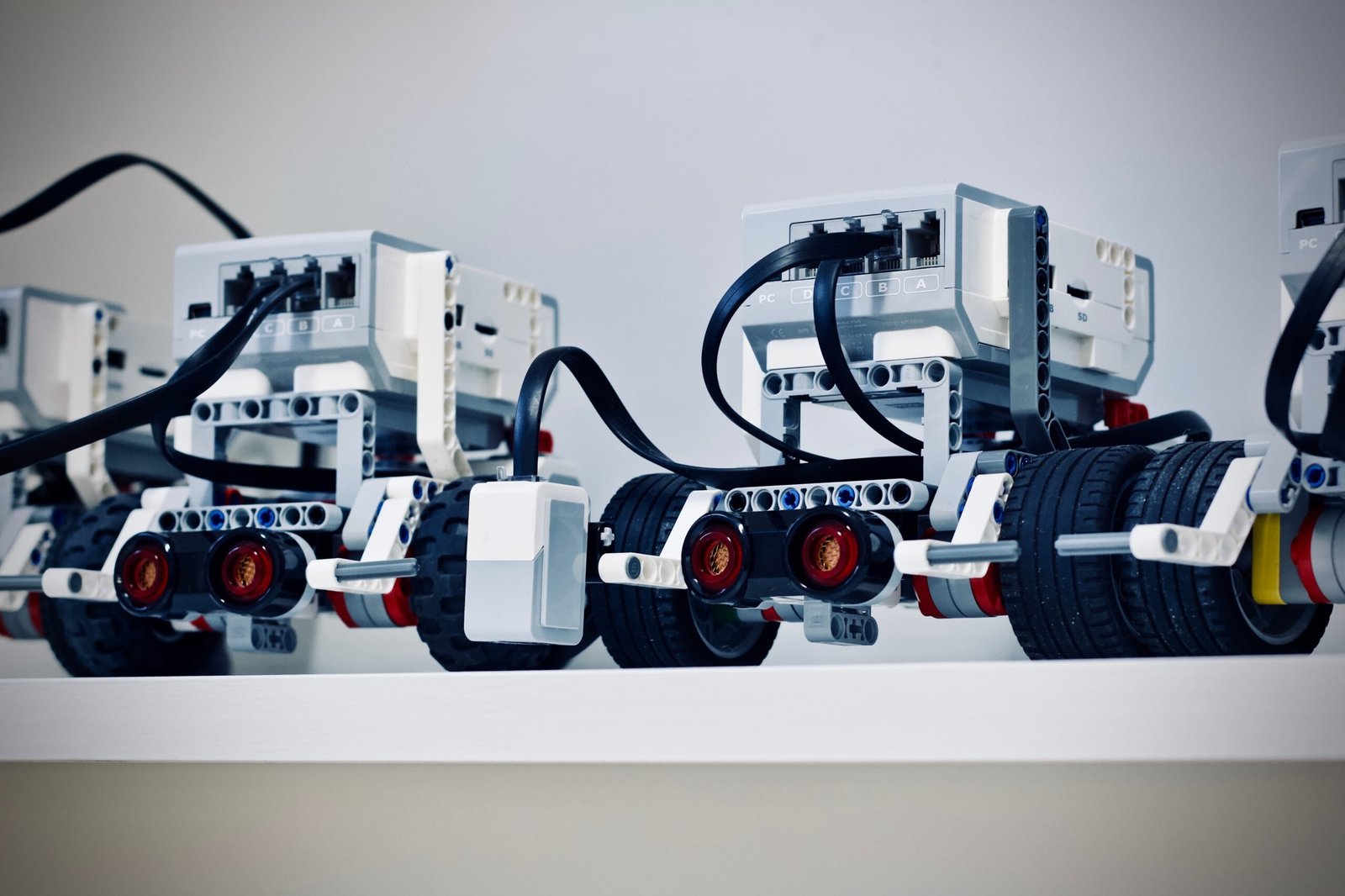Introduction
With the rapid growth of the Internet of Things (IoT), the need for faster and more efficient processing of data has become crucial. Traditional cloud computing solutions may not always be the most effective choice, especially when it comes to real-time applications. This is where edge computing comes into play. In this article, we will explore what edge computing is and how it can be implemented in IoT applications to achieve faster processing.
What is Edge Computing?
Edge computing is a distributed computing paradigm that brings computation and data storage closer to the location where it is needed, rather than relying on a centralized cloud infrastructure. In the context of IoT applications, edge computing involves processing and analyzing data at or near the edge devices themselves, instead of sending all the data to a remote cloud server.
By moving the processing closer to the edge devices, edge computing reduces latency and improves response times. This is particularly important for applications that require real-time processing, such as autonomous vehicles, industrial automation, and remote monitoring systems.
Benefits of Edge Computing in IoT Applications
Implementing edge computing in IoT applications offers several benefits:
- Reduced Latency: By processing data locally, edge computing significantly reduces the time it takes for data to travel back and forth between the edge devices and the cloud. This is especially important for applications that require real-time decision-making, such as autonomous vehicles or emergency response systems.
- Bandwidth Optimization: Edge computing helps optimize bandwidth usage by reducing the amount of data that needs to be transmitted to the cloud. Only relevant and actionable data is sent, while non-critical data can be processed and discarded at the edge.
- Improved Reliability: Edge computing improves the reliability of IoT applications by reducing dependency on a stable internet connection. Even if the connection to the cloud is lost, edge devices can continue to function and make local decisions based on predefined rules.
- Data Privacy and Security: Edge computing can enhance data privacy and security by keeping sensitive data within the local network. This reduces the risk of data breaches and ensures compliance with privacy regulations.
Implementing Edge Computing in IoT Applications
Here are some key steps to consider when implementing edge computing in IoT applications:
- Identify the Appropriate Edge Devices: Determine which devices in your IoT network can handle local processing and storage. These devices should have sufficient computational power and storage capacity to handle the required workload.
- Define Data Processing Rules: Define the rules for processing data at the edge devices. This includes determining which data should be processed locally and which data should be sent to the cloud for further analysis.
- Choose the Right Edge Computing Platform: Select an edge computing platform that suits your specific application requirements. There are various platforms available that provide tools and frameworks for deploying and managing edge applications.
- Implement Edge Analytics: Develop or deploy analytics algorithms at the edge devices to extract meaningful insights from the data. This can involve real-time data filtering, aggregation, or even machine learning algorithms.
- Ensure Scalability and Flexibility: Design your edge computing architecture to be scalable and flexible, allowing for easy addition or removal of edge devices as your IoT network grows or changes.
- Monitor and Maintain: Regularly monitor the performance of your edge computing infrastructure and ensure proper maintenance to keep it running smoothly. This includes monitoring device health, updating software, and handling security patches.
Conclusion
Implementing edge computing in IoT applications can significantly improve processing speed and efficiency, especially for real-time applications. By moving computation closer to the edge devices, edge computing reduces latency, optimizes bandwidth usage, and enhances reliability and security. By following the key steps outlined in this article, you can successfully implement edge computing in your IoT applications and unlock the full potential of your IoT network.







